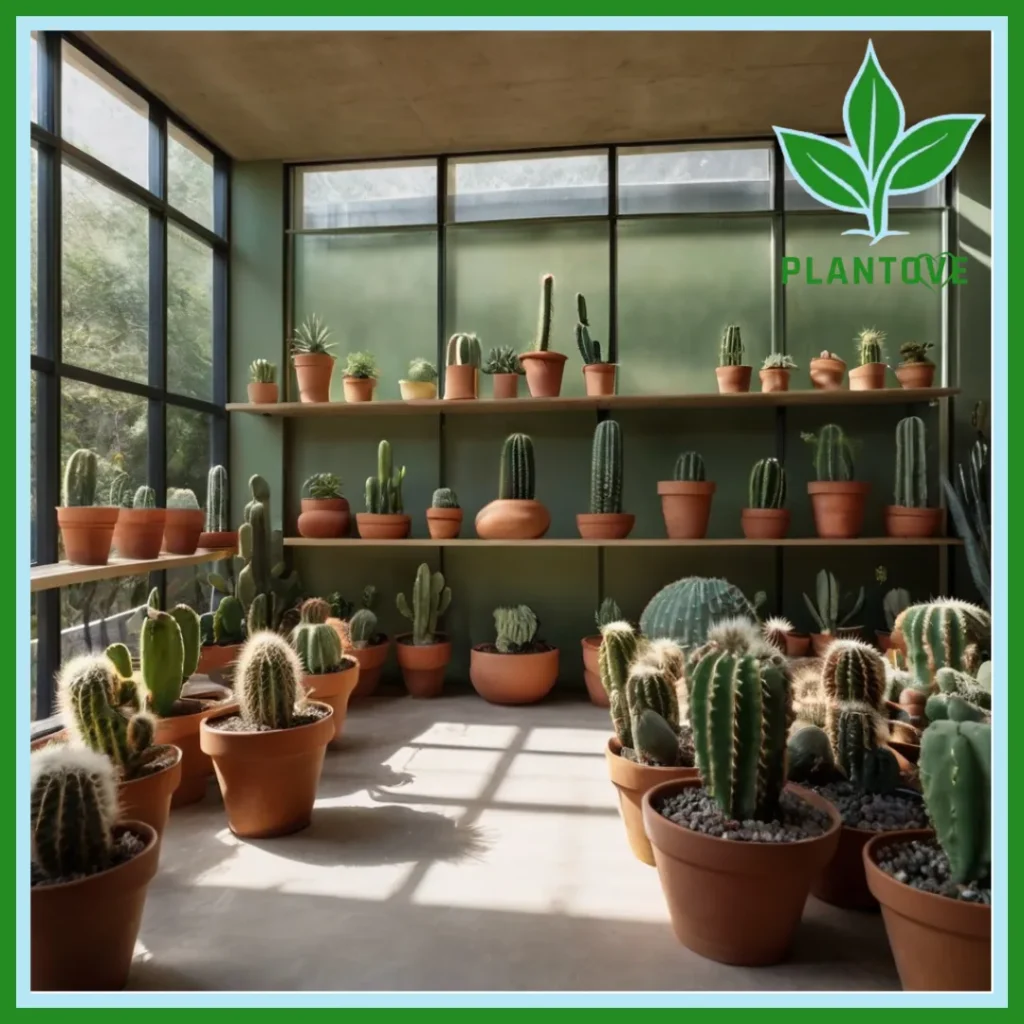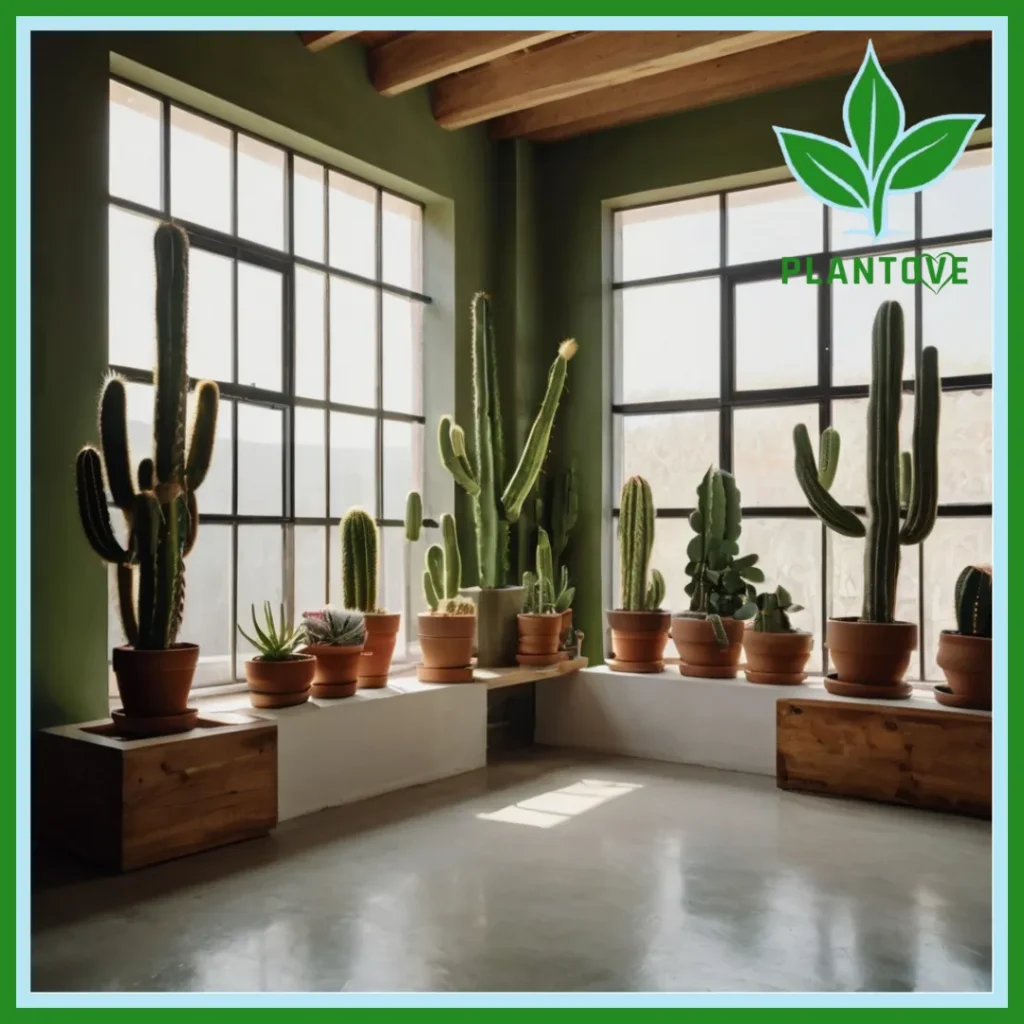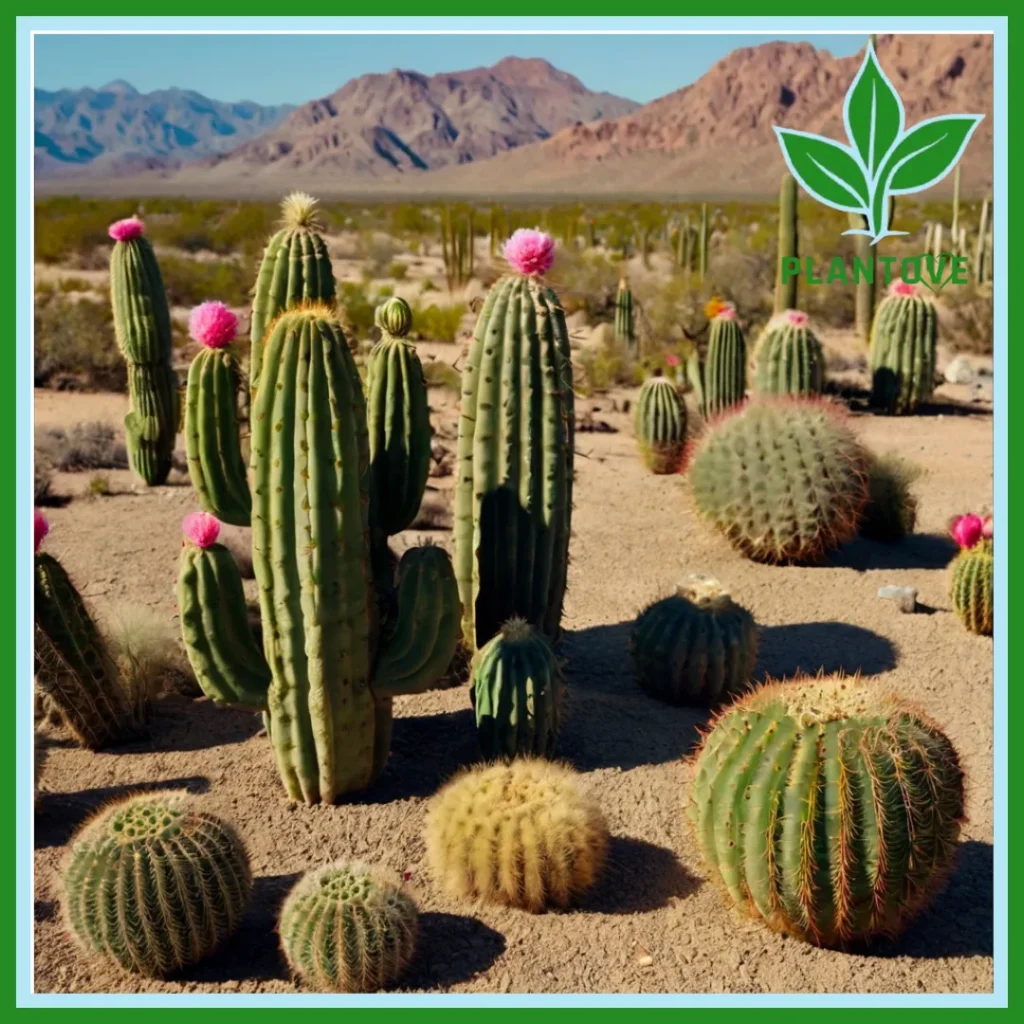Cactus plants are fascinating and resilient. They have the unique ability to thrive in some of the most extreme environments on Earth. Their distinct appearance and minimal care requirements make them a popular choice for gardeners and plant enthusiasts. In this comprehensive guide, we’ll explore the unique traits of cactus plants, how to care for them, their different types, and their many benefits.
What Are Cactus Plants?
Cactus plants are members of the Cactaceae family, which includes over 1,700 species. They are primarily native to the Americas, particularly deserts. However, cacti can grow in a wide variety of climates and are found in regions ranging from hot deserts to tropical rainforests. What sets them apart is their ability to store water, allowing them to survive in arid environments.
Unique Features of Cactus Plants
Cactus plants are known for their distinct and often striking appearances. These plants have developed remarkable adaptations to help them conserve water and protect themselves from predators.
1. Water Storage
The most defining feature of cacti is their ability to store water. Their thick, fleshy stems act as reservoirs, holding water for extended periods. This allows them to survive during long droughts or dry spells.
2. Spines Instead of Leaves
Most cactus plants have spines rather than traditional leaves. These spines reduce water loss by minimizing the surface area exposed to the sun. Additionally, they offer protection from animals that may try to feed on the plant.
3. Specialized Root Systems
Cacti have shallow but extensive root systems that spread out near the soil’s surface. This allows them to absorb as much moisture as possible, even from light rainfall or morning dew.
4. Photosynthesis
Unlike most plants, which perform photosynthesis through their leaves, cactus plants carry out photosynthesis in their stems. This adaptation helps them survive in extremely dry conditions by limiting water loss.
Popular Types of Cactus Plants

There are hundreds of varieties of cactus plants, each with its own unique appearance and growth habits. Below are some of the most popular types for both indoor and outdoor cultivation.
1. Saguaro Cactus (Carnegiea gigantea)
The saguaro is perhaps the most iconic cactus, known for its towering height and distinct arms. Native to the Sonoran Desert, the saguaro can live for over 150 years and reach heights of up to 40 feet. This cactus produces large, white flowers that bloom in spring.
2. Barrel Cactus (Ferocactus spp.)
Barrel cacti are spherical or cylindrical and are often covered with sharp spines. These cacti can store large amounts of water in their thick stems, making them especially hardy. They also produce bright yellow or orange flowers.
3. Prickly Pear Cactus (Opuntia spp.)
The prickly pear is known for its flat, paddle-shaped pads and its vibrant fruit. This cactus is both ornamental and edible, with its pads (known as nopales) and fruit (tunas) used in cooking. Prickly pear cacti are adaptable and can thrive in various environments.
4. Christmas Cactus (Schlumbergera spp.)
Unlike most desert cacti, the Christmas cactus comes from tropical rainforests. This variety is known for its trailing stems and vibrant flowers that bloom around the holiday season. Christmas cacti make excellent houseplants due to their ease of care and beautiful blooms.
5. Golden Barrel Cactus (Echinocactus grusonii)
The golden barrel cactus is a popular ornamental plant, recognized for its round shape and bright yellow spines. It is often used in landscaping and is highly drought-resistant.
Cactus Plant Care: Tips for Thriving Plants

Caring for cactus plants is relatively simple. Their natural hardiness means they can survive with minimal attention. However, understanding their specific needs will ensure that they thrive.
1. Light Requirements
Most cacti need plenty of sunlight to grow properly. Ideally, cactus plants should receive at least six hours of direct sunlight daily. If growing cacti indoors, place them in a sunny window, preferably facing south or west.
2. Watering
One of the most common mistakes with cactus plants is overwatering. Cacti are drought-tolerant and require less water than most other plants. Water your cactus only when the soil is completely dry. For indoor cacti, this typically means watering once every two to four weeks, depending on the humidity and temperature of your home.
When watering, be sure to soak the soil thoroughly but allow the excess water to drain away. Never let the cactus sit in water, as this can lead to root rot.
3. Soil Requirements
Cactus plants need well-draining soil to prevent water from accumulating around their roots. Use a specialized cactus or succulent mix, or make your own by mixing regular potting soil with sand or perlite.
4. Temperature and Humidity
Cacti are adapted to hot, dry climates. They thrive in temperatures between 65°F and 85°F (18°C to 30°C). While most cacti can tolerate high temperatures, they can suffer from cold damage if exposed to freezing conditions for extended periods.
If you’re growing tropical cacti like the Christmas cactus, they prefer more humid environments. Mist the plant occasionally or place it near a humidifier.
5. Fertilizing
Cacti don’t need a lot of fertilizer, but they can benefit from occasional feeding during their active growing season (spring and summer). Use a balanced, water-soluble fertilizer diluted to half strength once a month.
6. Repotting
Cactus plants grow slowly and don’t require frequent repotting. Repot your cactus every two to three years or when it becomes root-bound. Always use fresh, well-draining soil and a container with drainage holes.
Benefits of Cactus Plants

Cacti offer numerous benefits, making them ideal plants for both indoor and outdoor environments. Their hardiness, aesthetic appeal, and air-purifying qualities are just a few reasons to consider adding them to your collection.
1. Low Maintenance
One of the biggest advantages of cactus plants is their low maintenance. They can survive long periods of neglect, making them perfect for busy individuals or those new to gardening.
2. Air Purification
Cacti, like many other houseplants, help purify the air by removing toxins and releasing oxygen. This improves indoor air quality and can contribute to a healthier living environment.
3. Aesthetic Appeal
Cacti come in various shapes, sizes, and colors, making them versatile plants for home decor. Whether you prefer the towering presence of a saguaro or the compact beauty of a barrel cactus, there’s a cactus plant to suit every space.
4. Drought Tolerance
Cactus plants are incredibly drought-tolerant, which means they require very little water to survive. This makes them ideal for water-conscious gardeners and areas prone to dry spells.
5. Mental Health Benefits
Having plants in your living space has been shown to reduce stress and improve mood. Cactus plants, with their unique and intriguing shapes, can add a touch of nature and tranquility to your home.
Cactus Plants in Landscaping
Cacti are often used in xeriscaping, a landscaping method that reduces or eliminates the need for irrigation. Their low water requirements make them ideal for drought-prone regions. In addition to being practical, cacti add texture and visual interest to gardens.
When planting cactus outdoors, consider grouping different varieties together for a striking display. Combine them with other drought-tolerant plants, such as succulents, agave, or ornamental grasses, to create a low-maintenance, eco-friendly garden.
Common Pests and Problems
Although cactus plants are generally hardy, they are not immune to pests and diseases. Below are some common issues to look out for.
1. Root Rot
Overwatering is the leading cause of root rot in cactus plants. Ensure your cactus has well-draining soil and avoid watering too frequently.
2. Mealybugs
Mealybugs are small, cotton-like insects that feed on the sap of cactus plants. They can weaken the plant and lead to stunted growth. To treat mealybugs, remove them by hand or use a cotton swab dipped in rubbing alcohol to wipe them off the plant.
3. Spider Mites
Spider mites are tiny pests that can cause yellowing and webbing on cactus plants. They thrive in dry conditions. To get rid of spider mites, mist the plant with water and use insecticidal soap if necessary.
Conclusion
Cactus plants are much more than just desert dwellers. They are adaptable, easy to care for, and come in a stunning variety of shapes and sizes. Whether you’re looking for a low-maintenance houseplant, a striking addition to your garden, or an air-purifying companion, cactus plants are an excellent choice.
With proper care, cactus plants can thrive in both indoor and outdoor environments. By understanding their specific needs and characteristics, you can enjoy the beauty and benefits these resilient plants offer for years to come.

